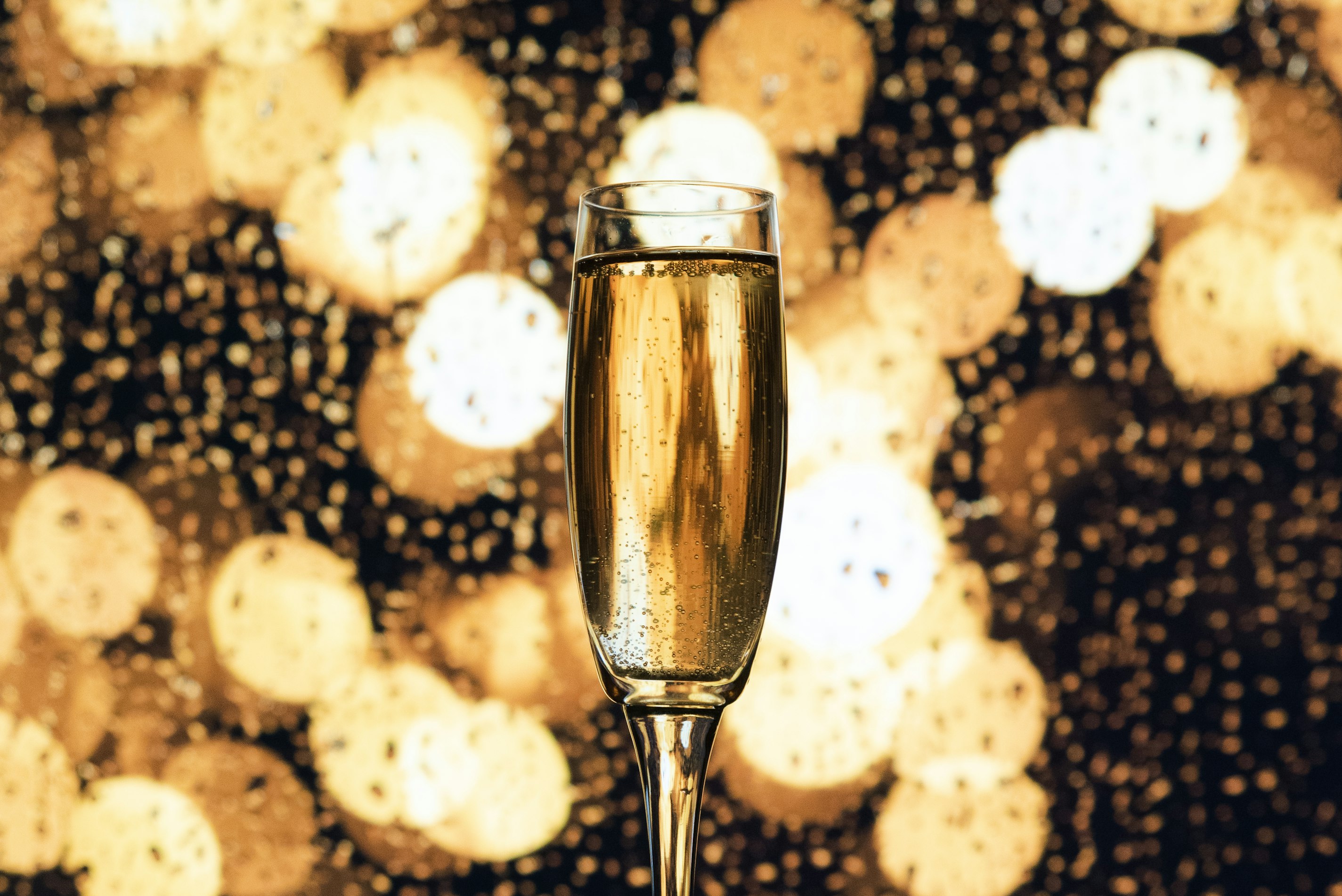'Traditional Method' sparkling wine

Traditional Method is one of the ways winemakers produce sparkling wines. It’s also known as Classical Method, Méthod Classique, Champenoise Method or Méthode Champenoise.
This wine making process is long and laborious but results in some of the most celebrated wines in the world. Traditional method is used to produce Champagne in France, Franciacorta and Trento DOC in Italy, Cava in Spain….
The most famous sparkling wine which is NOT produced with the traditional method is Prosecco.
The “traditional method” involves many steps…
-
When vinifying a traditional method sparkling wine the winemaker will start making a base wine. They will take grapes, press them, obtain grape juice and let it ferment. This process, the first fermentation, will turn grape juice into wine. Still wine, that is.
-
At this point the wine is bottled together with the so called “liqueur de tirage”. The bottles are sealed and put to ferment in the cellar. This phase is referred as the “second fermentation”. During the second fermentation the yeasts will feed on the sugar (both introduced in the bottle with the “liquer de tirage”) until they finish it and, thus, die.
-
After dying the yeasts still have a very important role to play. They decompose and become what in wine is referred to as ‘lees’. The yeast decomposition, known as autolysis, contributes to the development of the final bouquet the wine will have. It will determine the final taste and quality of the wine. That’s why the time that sparkling wines spend in contact with the lees, sometimes even decades, is extremely important.
-
As the time passes, these bottles resting in the cellar are progressively moved to a vertical, neck down position. They are also twisted and shaken slightly. The remuage process makes sure that the dead yeasts, left over from the “liquer de tirage”, move progressively to the neck of the bottle.
-
When the winemakers decides the wine has spent enough time on lees, they proceed with the disgorgement. The bottles are frozen and opened under pressure. By doing so the cap of dead yeast is expelled from the bottle.
-
Finally the bottle is topped again with the so called liquer d’expedition which will determine the final style of the wine, ie Brut, Extra Brut, Dry…
Lees (fermentation)
Deposits of residual yeast and other particles in wine-making
In the wine world “lees” is the fancy name for dead, decomposed yeast mainly, and some other particles, that are left in the bottle after fermentation.
The lees are extremely important in the process of winemaking. The yeast decomposition, known in the wine world with the name of autolysis, is responsible for the development of those bready, fragrant, buttery notes we all love in great sparkling wines.
Link to here...Liqueur de tirage
The “liqueur de tirage” is a mix of wine, selected yeasts and sugar (most commonly cane sugar) used when making Traditional Method sparkling wine.
It’s added to the base wine when this is bottled after completing the first fermentation. The “liqueur de tirage” is responsible for kick starting the second fermentation in the bottle.
It is thanks to this second fermentation that the wine develops the celebrated bubbles. The yeasts mixed to the wine feed on the sugars increasing the content level of the wine and creating CO2 aka bubbles. After consuming the sugar, the yeasts die and decompose in the bottle.
The decomposed yeasts is the so called “lees”.
Link to here...Liqueur d'expedition
After the second fermentation in bottle is completed the wine has very little sugar in it. At this point, generally the “liqueur d’expedition” (or “liqueur de dosage”) is added to the bottle to finalise wine.
Although each producer has their secret recipe for the “liqueur d’expedition”, it generally contains variable quantities of sugar, reserve wine and sometimes spirit.
The “liqueur d’expedition” is extremely important to determine the final wine produced. Depending on its recipe and the quantity of sugar added, a wine will be labeled as “Brut”, “Extra Brut”, “Dry”, etc.
In some cases the producers may choose not to add any “liquer d’expedition”. In these cases we refer to the wine as a “Pas Dosé”, “Nature”, “Brut Nature”, “Zero Dosage”.
Link to here...Liqueur de dosage
The “liqueur de dosage” is an alternative name for the “liqueur d’expedition”.
Link to here...Autolysis (alcohol fermentation)
When a wine spends time in contact with the lees, or dead yeast cells, after fermentation, it undergoes a series of complex chemical reactions known as autolysis. Although autolysis is undesirable in some wines - and all beers - it is an important component in shaping the flavors and mouth feel associated with premium Champagne production. The method of aging a wine on its lees has a long tradition of winemaking, dating all the way back to Roman times. While the chemical process and details of autolysis were not well known at the time, the positive effects of autolysis, such as a creamy mouthfeel, breadlike and floral aromas, and decreased astringency, were noted early in the history of wine.
Link to here... | Derived from 'Autolysis (alcohol fermentation)' on WikipediaRiddling
Riddling or "Remuage"
The process of riddling (“remuage” in French) is an old technique used in traditional method wine making.
The wine bottles fermenting on lees are progressively moved to a neck-down position, while they get periodically rotated clock-wise and anti clock-wine.
By riddling the bottles the wine maker makes sure that the dead yeast residue moves to the bottle neck, leaving the rest of the wine crystal clear.
Riddling was traditionally done by hand. Nowadays, some estates will still perform “remuage” by hand but today it is generally automated and carried out by special machines, called Gyropalettes.
Link to here...Disgorgement
The disgorgement is an important step in making traditional method sparkling wine.
In this phase, after the wine has spent the desired amount of time on lees, the neck of the bottle is freezed. This is where the lees sediment had been accumulating thanks to the remuage. Once the neck of the bottle is frozen, the bottle is opened and the frozen sediment gets expelled.
Thanks to the disorgement, the wine that stays in the bottle keeps crystal clear.
Link to here...Fermentation in winemaking
Wine making process
In the winemaking process, grape juice is fermented into an alcoholic beverage. Yeasts convert sugars in the juice into ethanol and carbon dioxide during fermentation. Temperature and speed of fermentation, as well as the amount of oxygen in the must at the start of fermentation, are important factors in winemaking. During this stage, which can last anywhere from 5 to 14 days for primary fermentation and possibly another 5 to 10 days for secondary fermentation, there is a possibility of stuck fermentation and the production of many wine faults. Fermentation can take place in stainless steel tanks, as with many white wines such as Riesling, in an open wooden vat, inside a wine barrel, or even inside the wine bottle itself, as with many sparkling wines.
Link to here... | Derived from 'Fermentation in winemaking' on Wikipedia